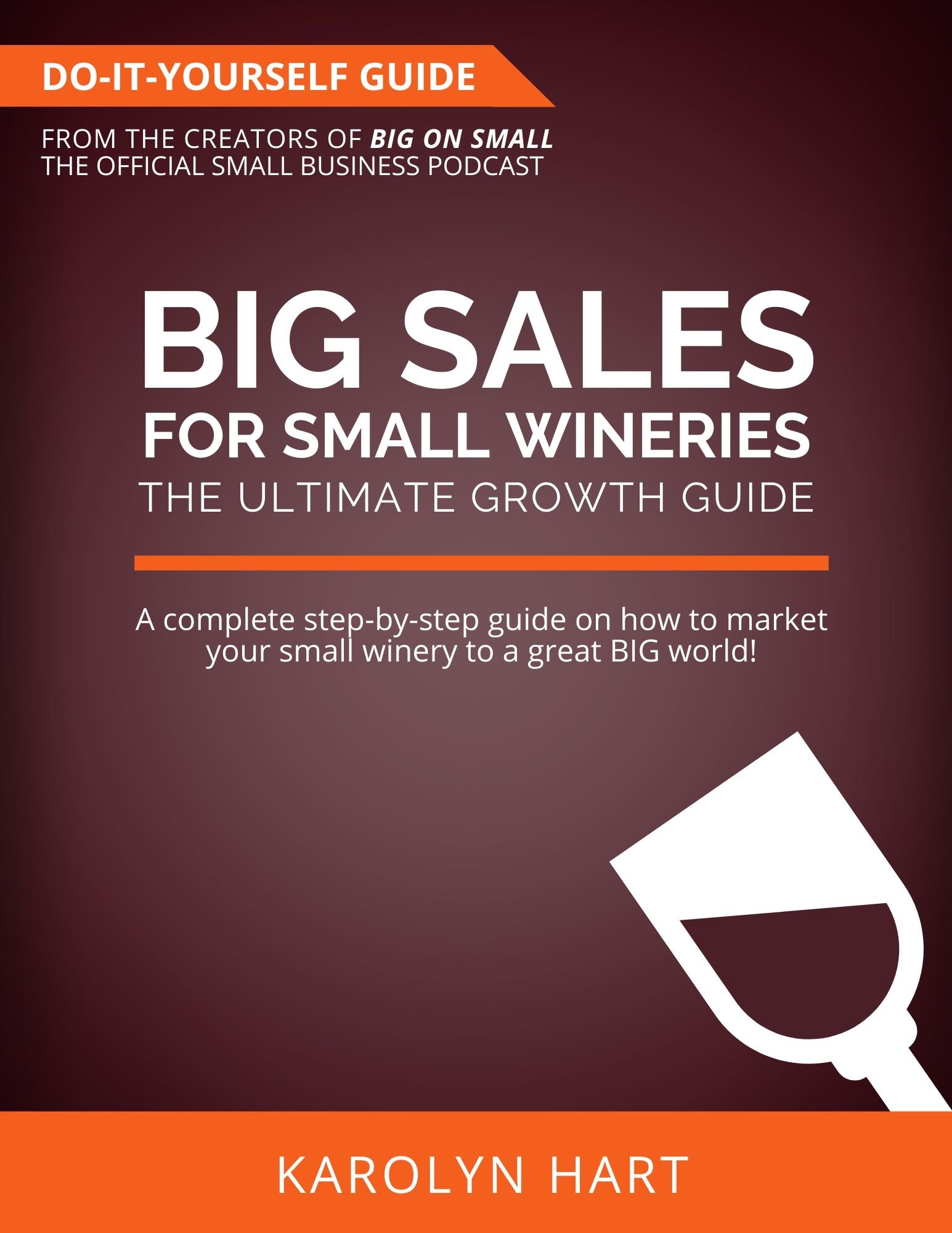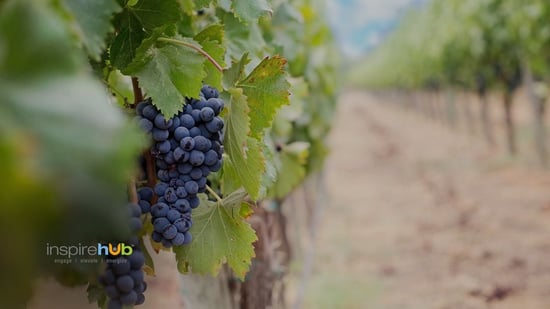
Like all industries around the world, wineries are faced with the need to innovate or risk being crushed. According to the most recent numbers, small wineries are being hit the hardest, and those producing 1,000 to 5,000 cases a year could lose 47.5% of their revenue in 2020 due to tasting room and restaurant closures.
Wineries surviving during this time have one thing in common. They are embracing innovation in multiple ways, including converting to online sales, hosting virtual tastings, and doing whatever is necessary to learn on the fly.
Books like  offer free resources to help boutique wineries create digital Wine Clubs, leverage the type of private online communities that help to foster loyalty and increase sales, and understand the next steps necessary to transform and grow.
offer free resources to help boutique wineries create digital Wine Clubs, leverage the type of private online communities that help to foster loyalty and increase sales, and understand the next steps necessary to transform and grow.
5 ways small wineries can create the ultimate Wine Club App
1. Create a Wine Club strategy and plan.
Any tool that you create will only be as good as the plan that you put in place for its use. The first step isn't to build a Wine Club App, but first to  If you have a small resource team, then figuring out which member of your team will be the Wine Club Manager is a critical first step. From there, it's time to write up your strategy and plan. Once you have this completed, it's time to begin researching what Wine Club Apps might fit with your overall strategy and goals.
If you have a small resource team, then figuring out which member of your team will be the Wine Club Manager is a critical first step. From there, it's time to write up your strategy and plan. Once you have this completed, it's time to begin researching what Wine Club Apps might fit with your overall strategy and goals.
2. Ensure that your Wine Club App reflects your brand and personality.
Whether your winery is 10 years old or 100 years old, much thought undoubtedly went into its name, the logo and the look and feel of every detail. The Wine Club App you select should give you the ability to customize it to match your look and feel. For example: if your Wine Club strategy is to create exclusivity, then ensuring the tool can easily be made private for members only is critical. However, if your Wine Club strategy is to create an online community for your fans, then the tool should give you the ability to encourage your members to like, comment, share and upload their own posts.
3. Select a Wine Club App that you can easily update.
Whether you are adding new vintages, new menu items, or new events, you and your team should be able to easily update and adjust without incurring large costs or any costs at all.; The flexibility to alter your content without engaging an outside party is critical.
4. Look for a Wine Club App that automates interactions.
In today's world, technology can streamline many of the things that used to be labor-intensive and take time. For example, the IHUBApp makes it easy for Wine Club Members to subscribe to channels of content they find most interesting. An automated, hyper-personalized newsletter is generated each week with no additional work required. Additionally, notifications are automatically enabled to help streamline the entire experience and prompt Wine Club Members when there is new content that may be of interest to them.
5. Ensure your Wine Club App is private and secure.
It should go without saying this needs to be a top priority for your small winery. In an increasingly digital world, it's absolutely critical that whatever you build for your clients will be a good experience that keeps that guards their engagement with you. Learn more about selecting a safe platform now.
Want another pour?

Big Sales for Small Wineries
The Ultimate Do-It-Yourself Growth Guide
This FREE eBook is specifically designed for established boutique wineries (those producing less than 10,000 cases) as a step-by-step guide to achieving your best year in sales yet. It is packed with practical advice on everything from questions to ask the person who is managing your marketing, to insights into what consumers actually want in a Wine Club, and even a list of creative ideas to help generate additional revenue streams. Included in this FREE Guide:
- Transformation Readiness Assessment
- Successful Sales Strategies
- Trusted and Proven Advice
Whether you’re thinking about starting a wine club or have one you’re looking to grow, the potential ROI is hard to ignore. Direct-to-Consumer (DtC) sales account for a whopping 60 percent of winery revenue. Think you’re too small to cash in? For wineries making less than 2,500 cases per year, that number jumps to 74 percent.
Continuity sales are an opportunity to significantly grow your bottom line.
Wine clubs are one of the most lucrative sources of revenue for those who understand a handful of truths -- and tactics -- when it comes to engaging and keeping clients.
Can SMEs compete with large estates and virtual wineries? According to an in-depth look at the differentiation strategies and financial performance of small-to-medium sized wineries over a period of 5 years, the answer is “Yes!” Perhaps more importantly, the study answered the question: “How?”
- How does a winery stand out from the competition?
- How do the strategies they use to do this impact the bottom line?
Here's why your tasting room and technology will be your greatest assets ...


![BLOG - 10 Ways to Grow Your Wine Club Memberships [1200x675]](https://www.inspirehub.com/hs-fs/hubfs/Content%20-%20Inbound/Blogs/BLOG%20-%2010%20Ways%20to%20Grow%20Your%20Wine%20Club%20Memberships.jpg?width=550&name=BLOG%20-%2010%20Ways%20to%20Grow%20Your%20Wine%20Club%20Memberships.jpg)
